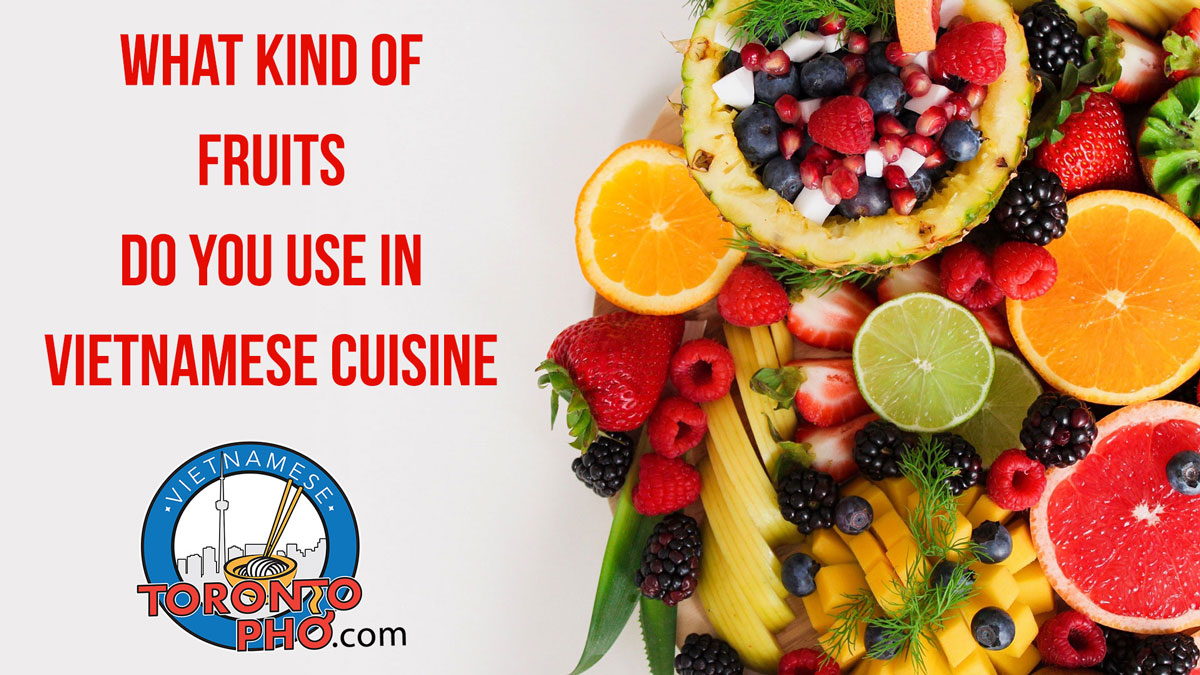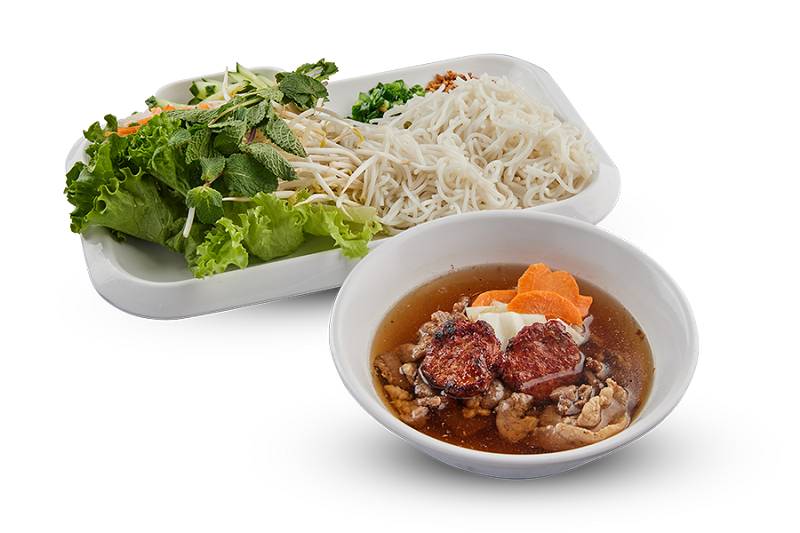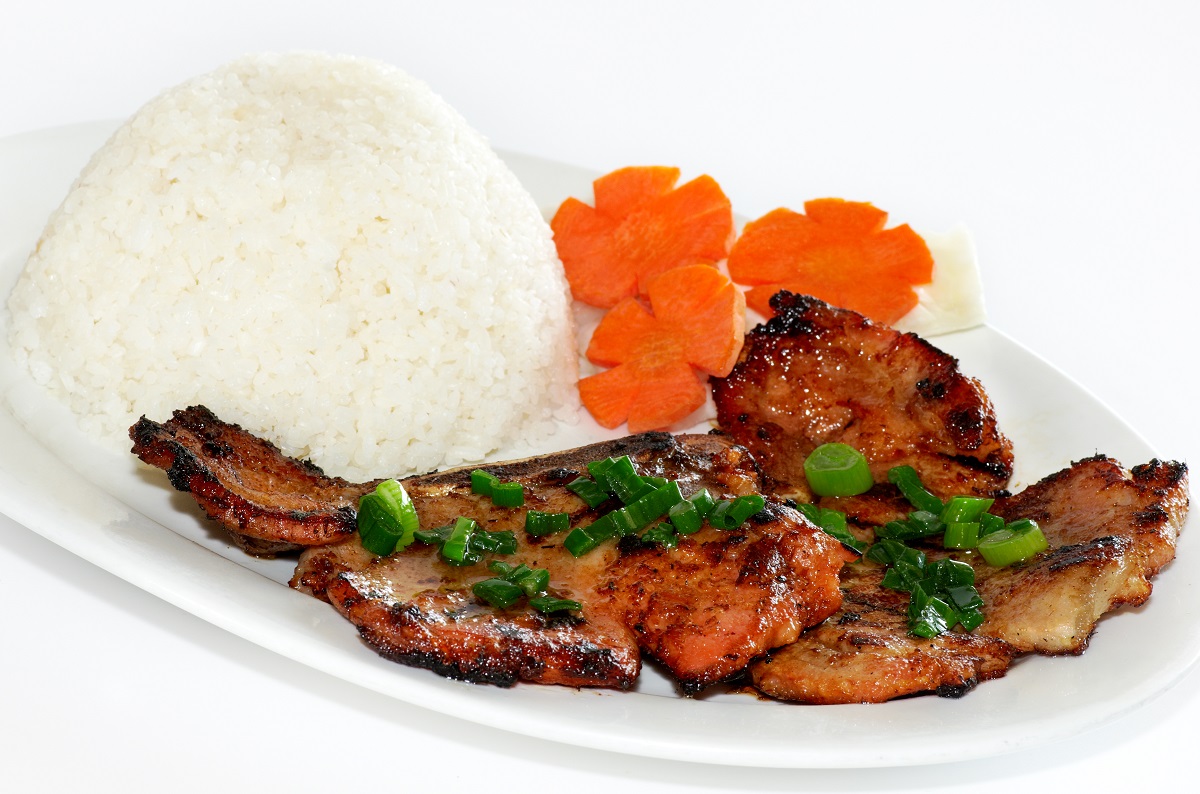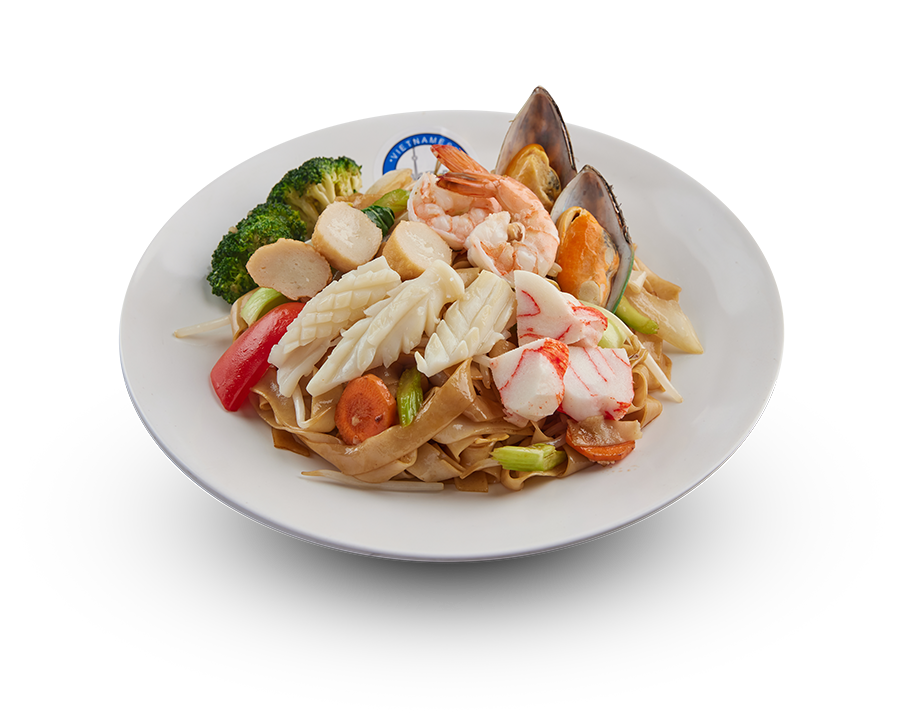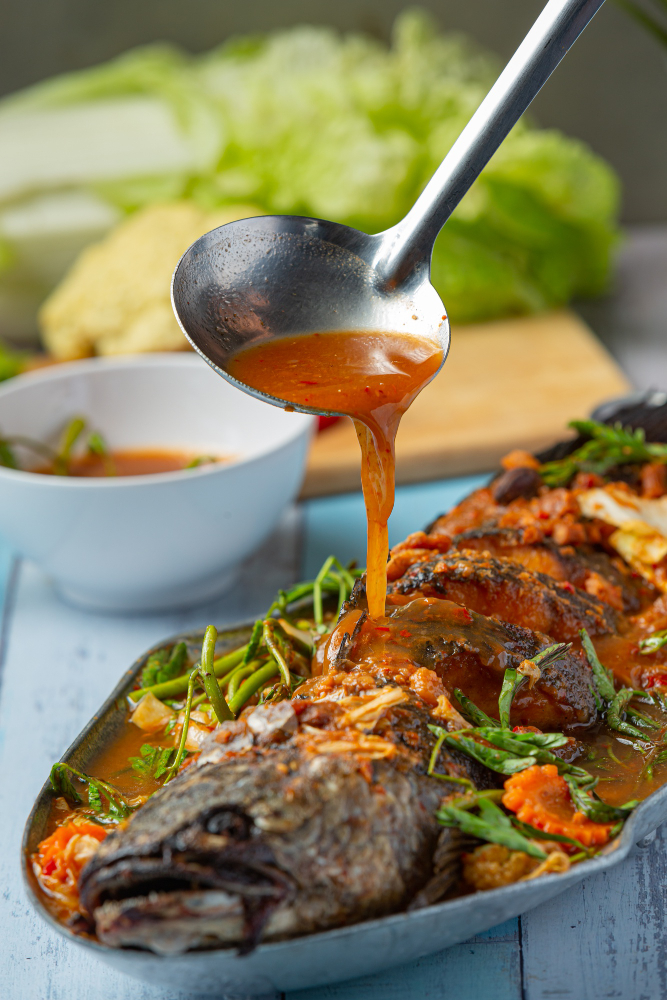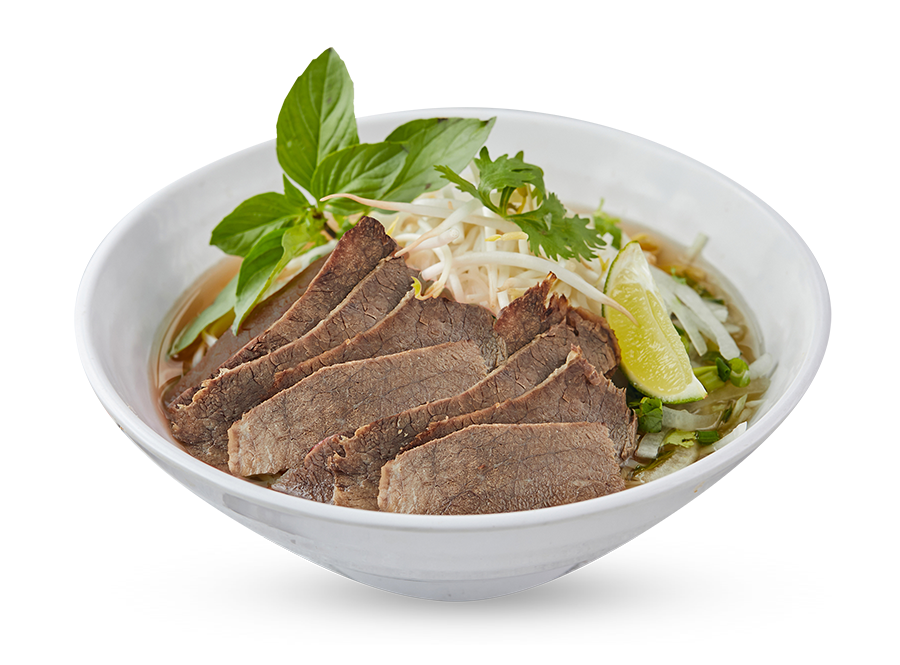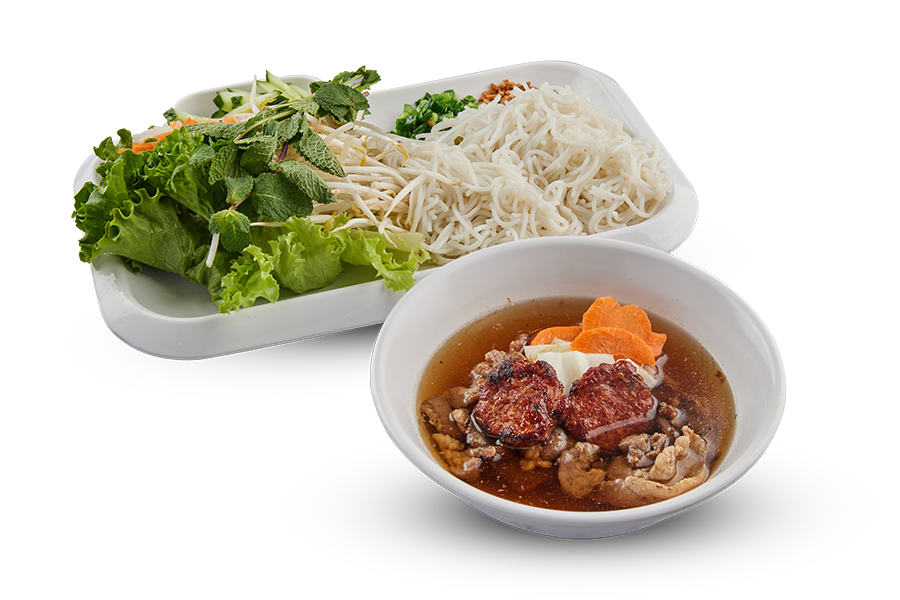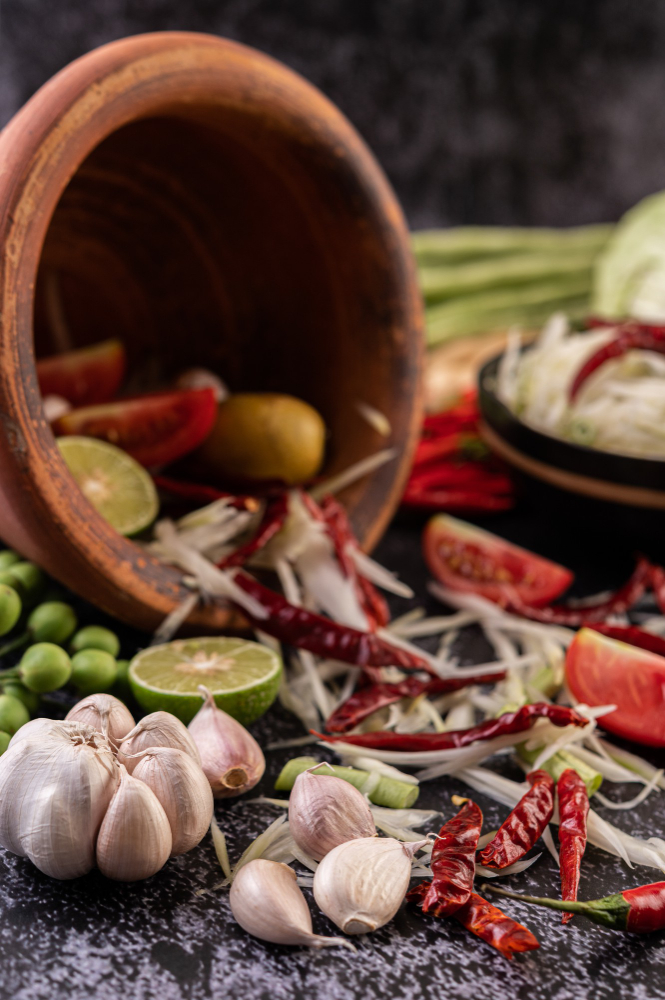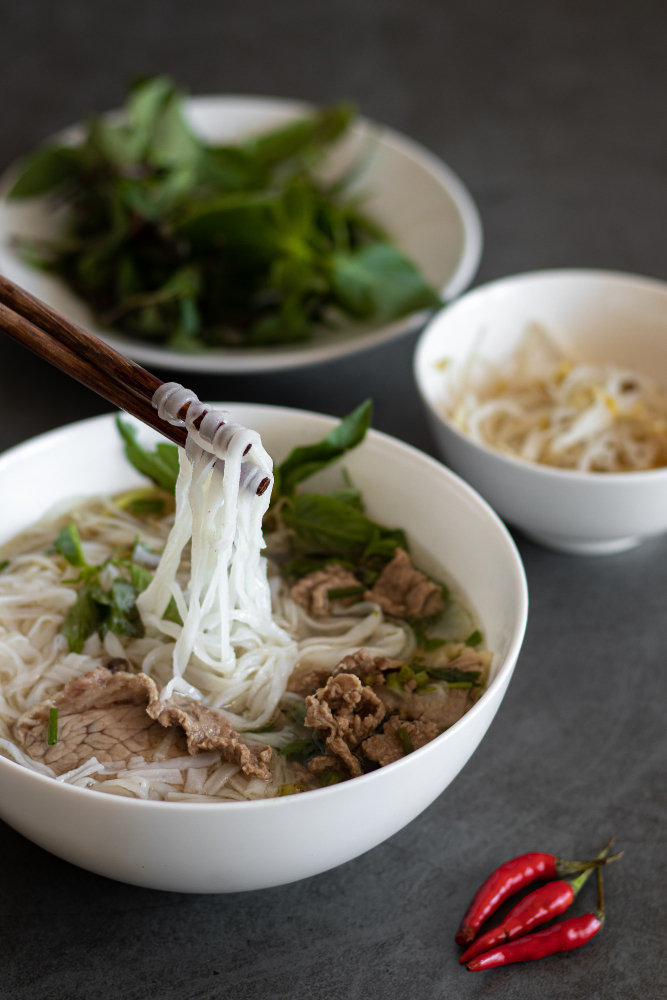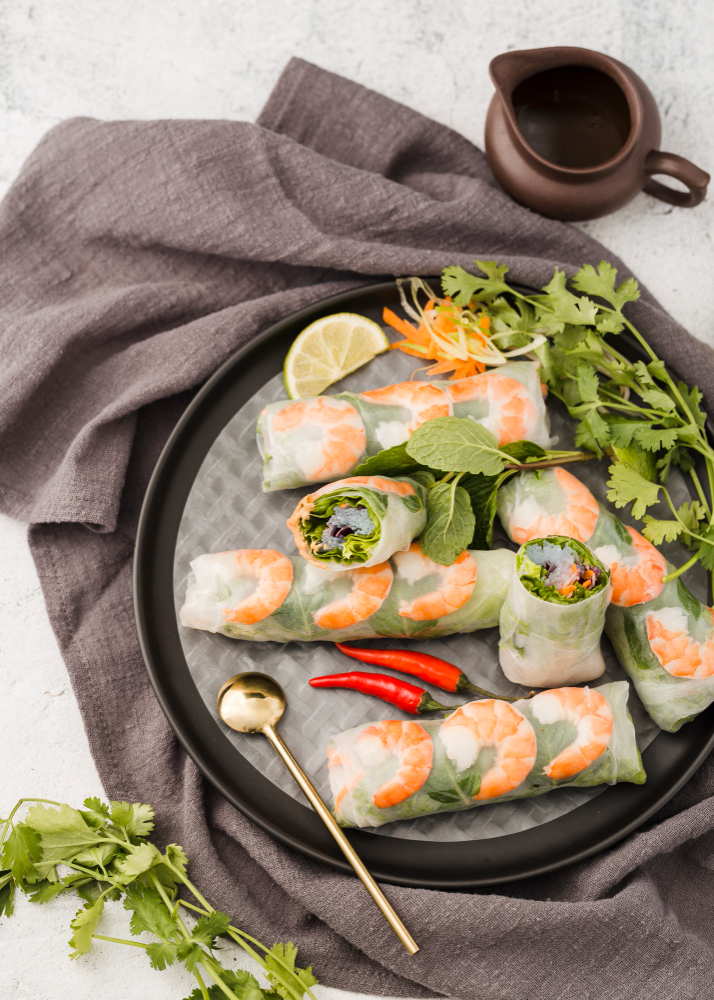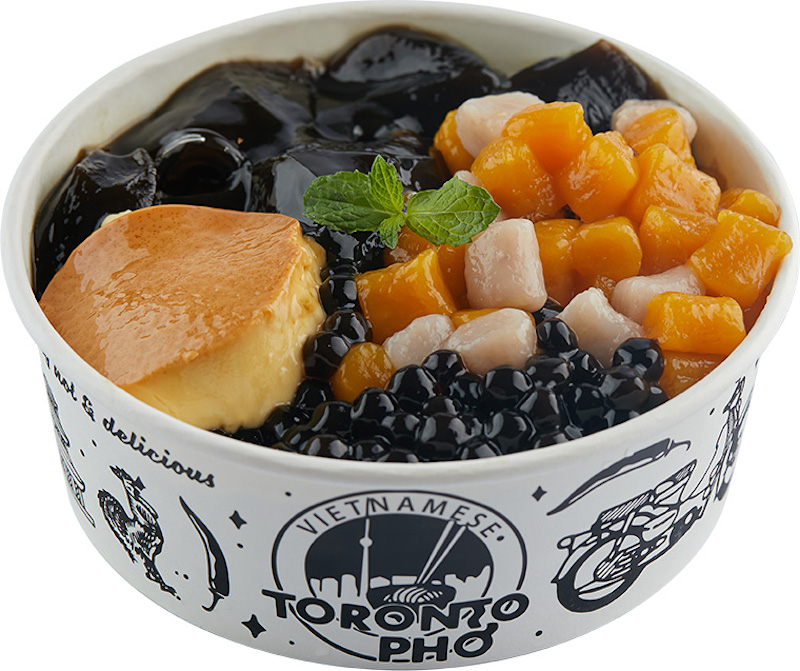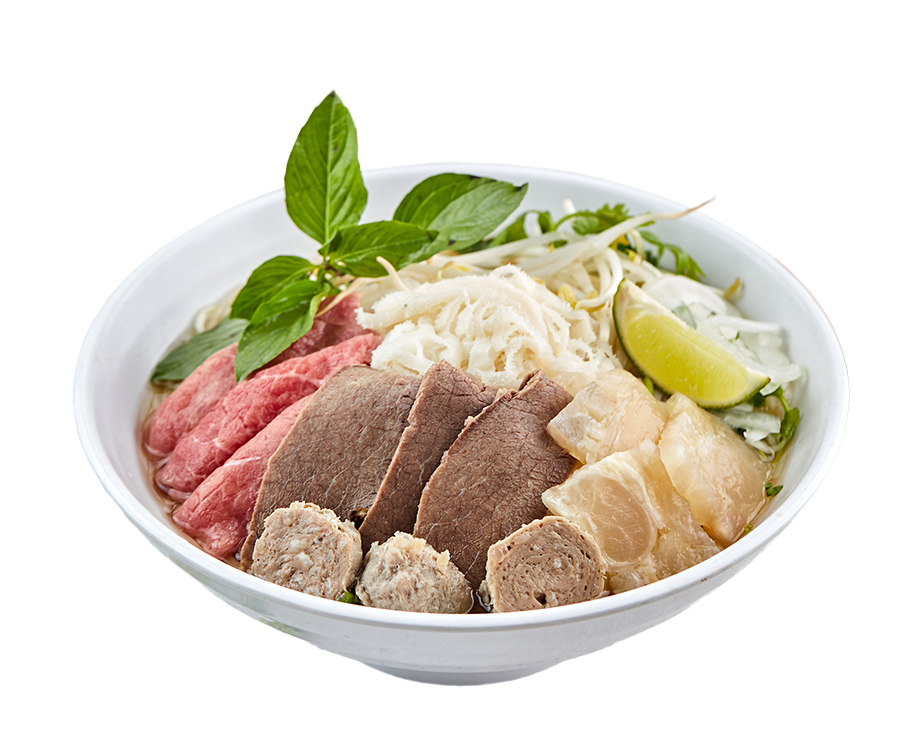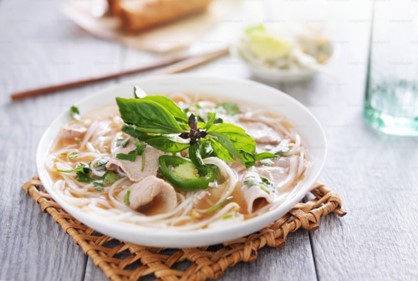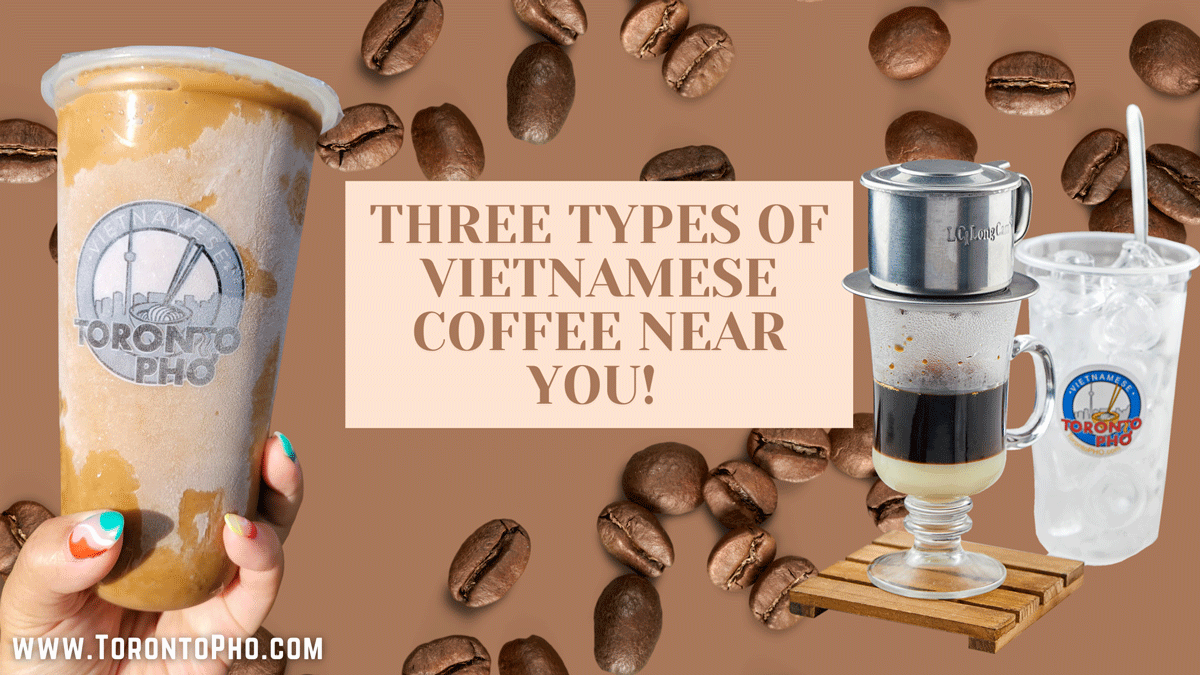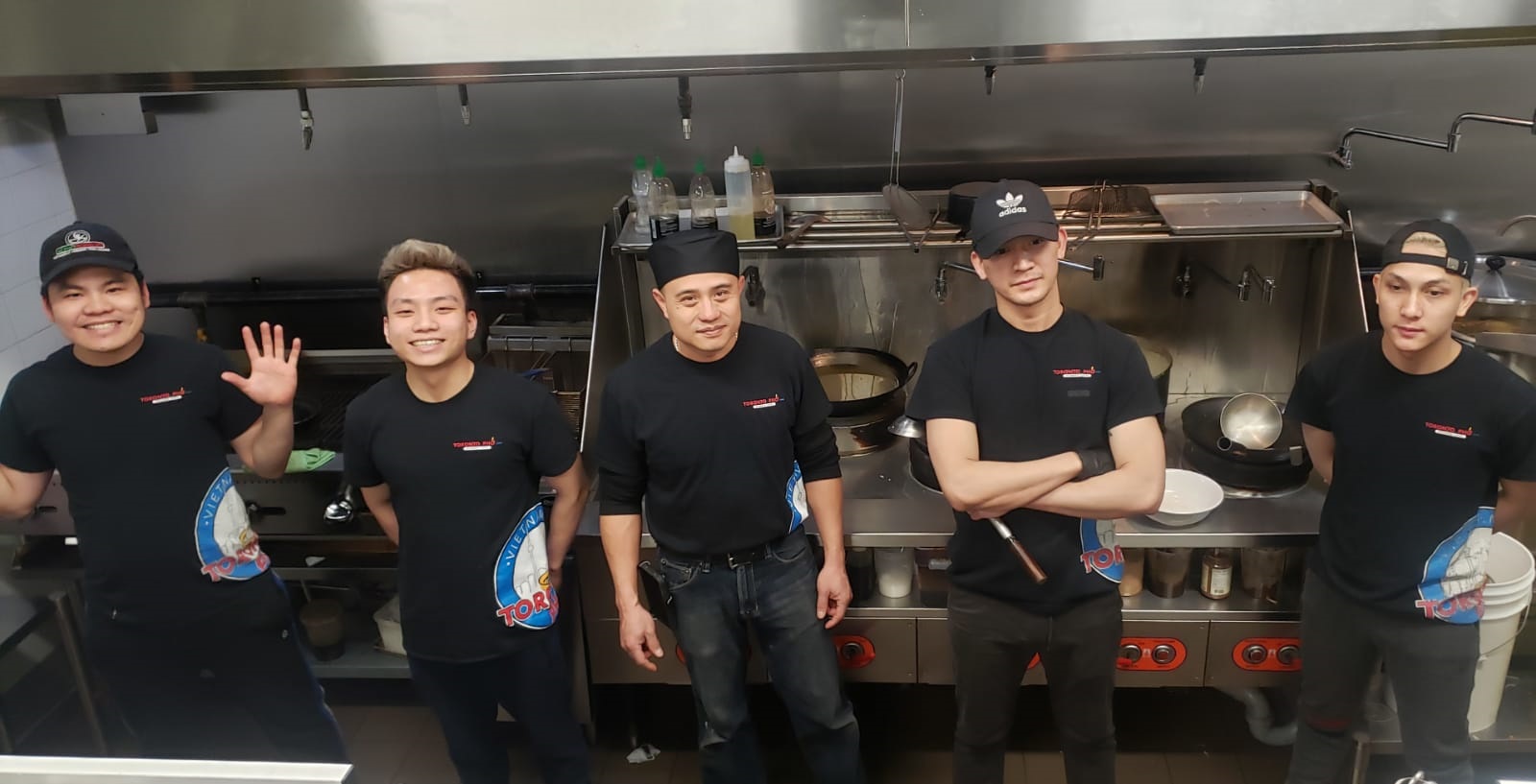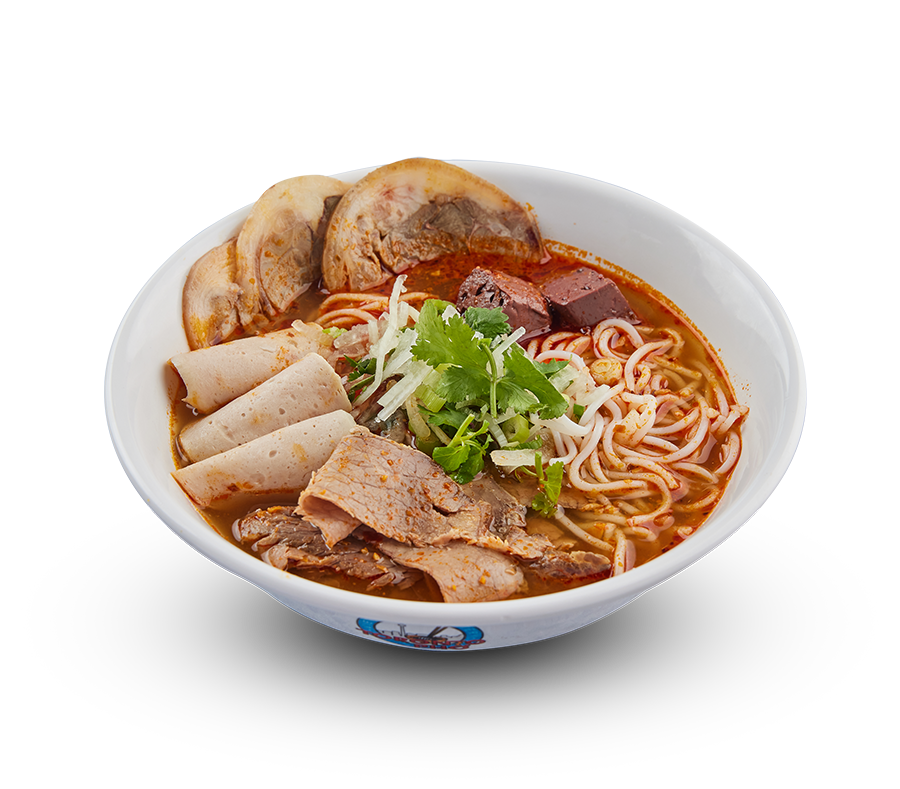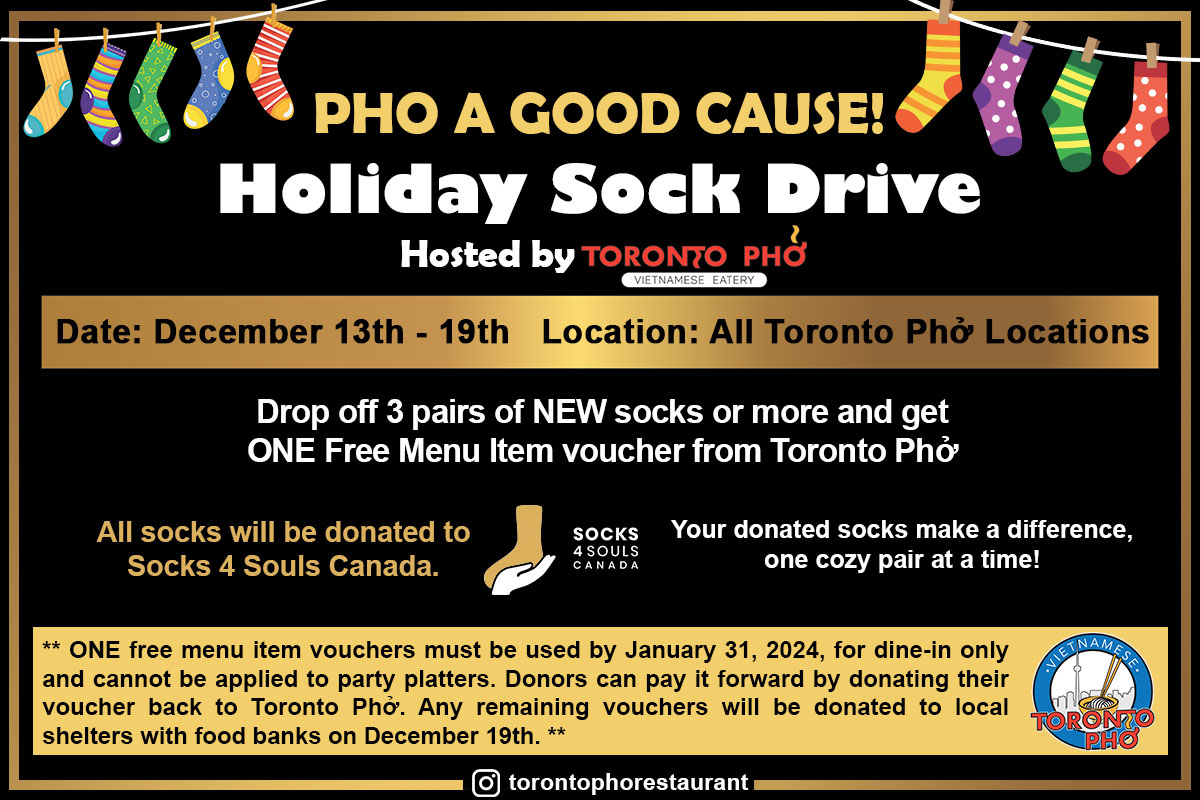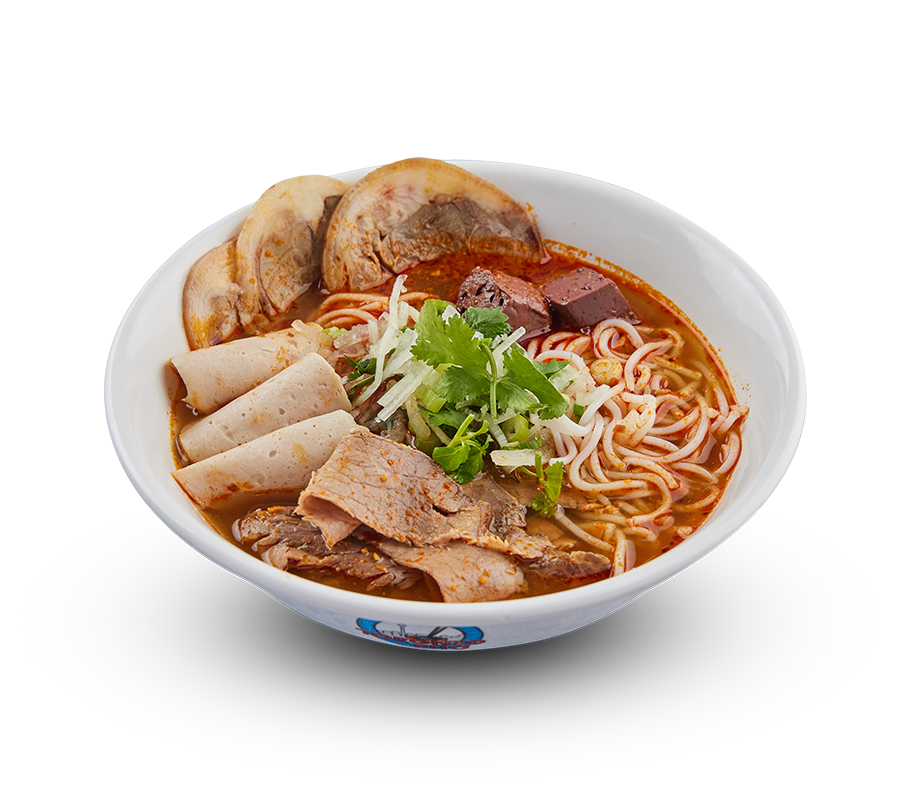The southern Vietnamese diet is clean eating through and through. Fruits, vegetables, and fish. Elsewhere in the country, they don’t take this same approach.
How do the Vietnamese use fruit?
When they’re in season, the fruit is consumed regularly. When the season is or has passed, alternative methods of preparation are used to keep the sweetness of fruit around.
Candied fruit in Vietnamese culture is called ‘o mai’. The taste of candied fruit can vary to sourness, sweetness, saltiness, and spiciness. The most common kind of o mai is a variety made from apricots. This is then mixed with ginger, sugar, and licorice root.
You also have fruit preserves, known as ‘mut’. This is like a Vietnamese jam. The fruits unused in season can be kept preserved through winter and for use outside the harvest season. The Vietnamese use the same traditional fruit preserve methods from similar Asian cultures like the Chinese.
What is in a Vietnamese fruit smoothie?
A Vietnamese fruit smoothie, also known as ‘sinh to’, mixes fresh, local fruit with sweetened condensed milk and crushed ice. The most common fruits used are custard apple, sugar apple, avocado, jackfruit, soursop, durian, strawberry, passionfruit, dragonfruit, lychee, mango, and banana.
What kind of fruits are used in Vietnamese cuisine?
“What kinds of fruits do you use in Vietnamese cuisine?” is a question, from a Canadian perspective, that has an answer rooted in familiarity and unfamiliarity.
There are a lot of fruits used in Vietnamese cuisine that Canadians would know. Coconuts, mangos, plums, and watermelon are well-known. There are more than a dozen fruits incredibly common in Vietnam that many haven’t heard of before. Here are just a few of them.
? Cherimoya is a tropical fruit. It sometimes goes by the name of ‘custard apple’. Cherimoya’s most famous in North America for being called by Mark Twain “the most delicious fruit known to men.”
? Soursop, also known as graviola or guyabano, has an aroma similar to pineapple. Soursop’s flavor is similar to strawberries and apple, with some sour citrus notes. The texture’s oddly like a banana, thick and creamy in the same way.
? Acerola is a tropical fruit that grows on a shrub or small tree. It is also known as acerola cherry. Acerola is very, very high in vitamin C, with lots of nutritional value. You have, on average, 1,670 mg of vitamin C for every 100 g of acerola. It is eaten for this vitamin content.
? Buddha’s hand is a unique, distinct-tasting Vietnamese fruit. Also known as ‘fingered citron’, it is an unusual looking citrus fruit common to China, Japan, Korea, and Vietnam. They’re used to make perfumes from, in religious ceremonies, ornamentally, and in our cuisine. Unlike a lot of citrus fruits, Buddha’s hand as no pulp or juice which makes it an excellent addition to desserts, savory dinner dishes, to be candied in sweetness, or in beverages.
? Sweetsop, otherwise referred to as a sugar-apple is a great Vietnamese fruit. It is very fragrant and sweet, resembling a custard.
? Canistel comes from an evergreen tree. It is often identified as ‘egg fruit’. The flesh is comparable to hard-boiled egg yolk and is sweet. The fruit itself can be made into marmalade, used in pancakes, or into flour.
? Chinese date is essentially a Vietnamese-grown date. It is very sweet and sugary. It is commonly used medicinally to treat irritability, insomnia, and heart palpitations. The sourness and sweetness create a balanced fruit that’s very identifiable with the culture’s philosophies of balance.
? Start fruit is a favourite Vietnamese tropical. It also has the name of carambola. The lined ridges make it easy to cut the fruit into sections. The star fruit comes from this cutting and slicing technique. The whole of the fruit is edible and eaten raw.
? Rose apple is a type of apple common in Southeast Asia. They aren’t able to be grown elsewhere. Inside, you have an outer part that is like an apple. There’s also an inner part that contains a large seed that has to be removed.
? Durian is the fruit of a tree species with many varieties. Worldwide, there are in fact over 500 varieties of durians. It is considered the ‘king of fruits’. It has a large size, strong odour, and a thorn-covered rind to remove. The odor of durian can be very unpleasant upon opening. This Vietnamese fruit is used to flavor savoury and sweet desserts.
? Sapodilla is also known as naseberry, nispero, chikoo, and sapota. It is a favourite fruit throughout the American Tropics. In Vietnamese, it’s used in various ways. Sapodilla, in various studies, is shown to be anti-diabetic, antioxidant, and to have cholesterol-lowering effects.
? Water apple comes from a cherry tree. It is also known as watery rose apple. The bark is used to make herbal medicines. The leaves are edible and can wrap food. The fruit is similar in taste to an apple but has crisp watery insides a la a watermelon.
Other unusual Vietnamese fruits you may not have heard of before include pomelo, pitaya, persimmon, Otaheite gooseberry, longan, langsat, lychee, mangosteen, guava, jackfruit, milk fruit, and others.
Are you looking for high-quality Vietnamese cuisine in Toronto? Visit TorontoPHO. Fruits, veggies, herbs, and spices. Find them all in authentically prepared Vietnamese cooking. Lunch, dinner, desserts, and more. Pho is just where we start with our extensive menu. Enjoy the namesake pho options, noodle and rice dishes, sandwiches, beverages, and more. We are Toronto’s trendiest Vietnamese restaurant. Stop in any day.
Are you looking for a Pho restaurant in your area? Look no further, Toronto Pho is a family-owned business that serves the best pho and late-night grub. With 4 locations throughout Ontario, we provide fast delivery and online ordering for pick-up or delivery through our simple app available for both Android and iPhone smart phones.

